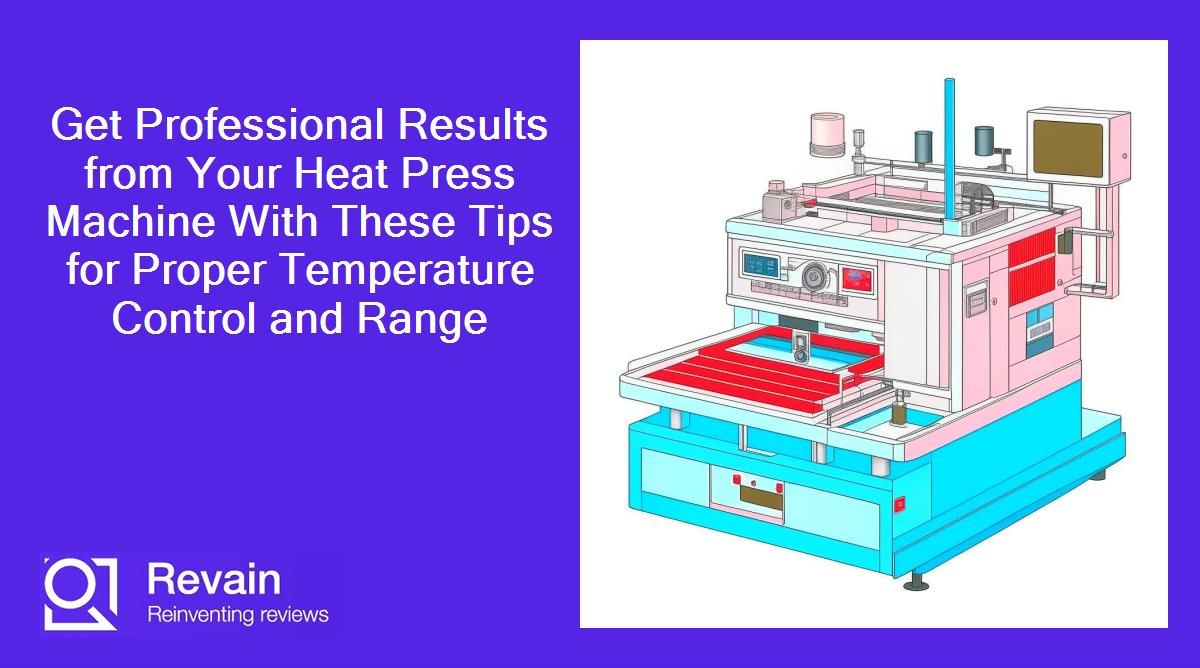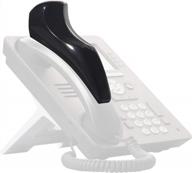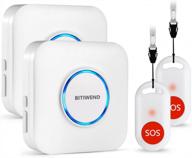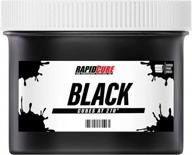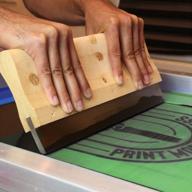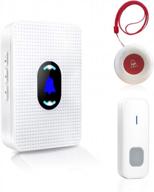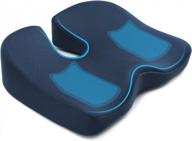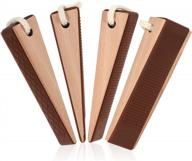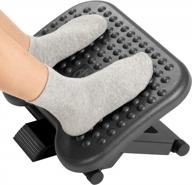Similar products
What to Look for When Buying a Heat Press Machine
Heat press machines are a must-have tool for any printmaking business or crafter looking to create custom t-shirts, mugs, hats and more. With the right heat press, you can transfer your designs onto a huge variety of materials. But not all heat presses are created equal. Here's what you need to know when shopping for a heat press:
Another interesting products
Types of Heat Presses
There are a few main types of heat presses on the market:
- Clamshell heat presses: These have a bottom platen and a hinged top platen that swings down to apply pressure. Most affordable and common option.
- Swing-away heat presses: The heating element swings away from the lower platen for easy access. Allows printing thicker/larger items.
- Drawer heat presses: The lower platen slides out like a drawer for full access. Best for printing bags, shoes, etc.
Size and Dimensions
Consider what size materials you need to print on. Common heat press sizes:
| Size | Print Area |
|---|---|
| 5x7 in | Small shirts, hats, mugs |
| 8x10 in | Full-size shirts, bags, sweatshirts |
| 16x20 in | Oversized prints, all-over shirt prints |
Temperature Range
Look for a press with a wide temperature range (ideally 250-450°F) for versatility with different materials like vinyl, sublimation ink, transfer paper, etc. The ability to precisely set and maintain temperature is also crucial.
Pressure Settings
Adjustable pressure ensures even prints on all materials. Force should be adjustable from light (for delicate fabrics) up to heavy (for plates, tiles, etc). Look for a pressure knob or digital pressure setting.
Consider magnetic or spring-loaded heating for consistent, equal pressure distribution.
Additional Features
Added conveniences to look for include:
- Digital timers - Set and control print time
- Digital displays - Precisely monitor temperature
- Storage - Some have space to store blankets, teflon sheets, etc.
- Attachments - For printing specialty items like sleeves, mugs, plates
With the right combination of features for your needs, a quality heat press will provide consistent, professional-quality results print after print.
Types of Heat Presses
When shopping for a heat press machine, one of the first decisions you'll need to make is which type or style of press is right for your needs. The three main types are clamshell, swing-away, and drawer style presses.
Top products in 👕 Heat Press Machines & Accessories
Clamshell Heat Presses
Clamshell heat presses are the most common and affordable style. They consist of a bottom platen and a hinged top platen that clamps down to apply pressure.
- Typically used for smaller items like t-shirts, hats, plates, tiles, etc.
- Simple operation - just lift the lid, place the item, lower lid and lock into place.
- Even pressure across full platen size.
- Limited height clearance which can restrict some thicker items.
Swing-Away Heat Presses
With swing-away presses, the heating element swings 180° away from the lower platen to allow open access.
- Allows printing on thicker, oversized or cylindrical items.
- Popular for larger pieces like sweatshirts, jerseys, jackets, etc.
- Can be used for smaller items as well.
- Typically a bit more expensive than clamshell style.
Drawer Style Heat Presses
In a drawer style heat press, the lower platen slides in and out like a drawer.
- Allows for full access to lower and sides of the item.
- Ideal for 3D objects like shoes, bags, balls, etc.
- The most versatile in terms of item sizes and shapes.
- Higher cost than clamshell and swing-away presses.
When choosing a heat press style, consider the types of items you'll be printing on most often. Clamshell presses are the most affordable option for small, flat items. Swing-away allows printing larger pieces. Drawer style offers the most flexibility for unique shapes.
Heat Press Size and Dimensions
Heat presses come in a variety of sizes to handle anything from a shirt pocket to an extra-large graphic print. Consider what you'll be printing when determining the size you need.
Common Heat Press Sizes
Some typical platen sizes include:
- 5 x 7 inches - Small prints like shirt pockets, kids apparel, hats, mugs, plates
- 8 x 10 inches - Standard for full size t-shirts, onesies, canvases, masks, tiles
- 11 x 15 inches - Oversized shirt prints, sweatshirts, bags, ceramic tiles
- 16 x 20 inches - Extra large t-shirt prints, all-over shirt designs, leggings, floor mats
Print Area Size Chart
Here's a handy reference chart of common project sizes and the minimum platen size needed:
| Project | Minimum Platen Size |
|---|---|
| Pocket t-shirt | 5 x 7 in |
| Full size t-shirt | 8 x 10 in |
| Oversized shirt design | 16 x 20 in |
| Infant onesie | 8 x 10 in |
| Sweatshirt | 11 x 15 in |
| Canvas tote | 16 x 20 in |
Consider Workspace Size
Make sure to account for the heat press fully opened as well when determining size. There should be adequate space around the press for loading/unloading items.
For most versatility, choose the largest heat press that your workspace can accommodate and budget allows. You can always print smaller items on a large press, but a small press limits bigger projects.
Heating Elements
Look for heating elements that cover the entire platen for even heat and pressure distribution. Some large presses have split heating for the lower platen.
Choosing the right heat press size for your needs will ensure you can creatively print projects of all sizes for years to come.
Temperature Range and Control for Heat Presses
Precise temperature control is crucial for consistent, quality results with a heat press. Look for a press with a wide temp range and the ability to set and maintain accurate temperatures.
Temperature Range
A suitable heat press should allow temperatures between 225-450°F or more. This gives versatility to work with different materials like:
- Vinyl - 300-320°F
- Sublimation - 380-400°F
- Transfer paper - 375-400°F
- Fabric dyes - 350-375°F
Wider temp ranges allow you to fine tune the perfect heat for each material without being limited.
Digital vs Analog Temperature
Digital heat presses allow setting and displaying precise temperatures. Analog presses use a knob or dial to adjust temp but don't display the exact number.
Digital is preferred for accuracy, especially for sublimation which requires more precise control. However, analog units can work fine if calibrated properly.
Temperature Accuracy
The heating element and sensors should maintain even, consistent heat across the platen surface. Look for +/- 5°F accuracy or better.
PID technology helps keep temperature precise by automatically adjusting power to compensate for fluctuations.
Quick Recovery
When the press is opened and material removed, the temperature should recover back up to set point quickly. Faster recovery equals higher productivity.
Tips for Best Results
- Allow press to fully pre-heat for even heating.
- Use an infrared thermometer to check actual temp.
- Adjust in small increments and test press prints.
- Maintain proper calibration.
With a broad temperature range and accurate digital controls, you can achieve perfect transfers and prints on any heat pressable material.
Benefits of Amazon Prime for Heat Press Purchases
For crafters, heat transfer businesses, and anyone looking to buy a heat press machine or related accessories, being an Amazon Prime member can provide some nice perks and savings.
Free Two-Day Shipping
One of the biggest Prime benefits is free two-day shipping on eligible items. This allows you to get your heat press delivered right away so you can start pressing projects faster.
Non-Prime members typically have to pay extra for expedited shipping. But with Prime, you get quick delivery on most heat presses and accessories without the additional fees.
Free Release-Date Delivery
When you preorder eligible new heat press releases, you can get free release-date delivery with Prime. This ensures your machine arrives on launch day so you can be one of the first to try new models.
Try Before You Buy
Prime members can take advantage of Amazon's Try Before You Buy program which allows you to test out select heat presses for a week before purchasing. This helps ensure you choose the right heat press for your needs.
Access to Deals
Amazon Prime members get 30-minute early access to Lightning Deals on heat presses and accessories. You have the chance to grab flash deals before stock sells out.
There are also Prime-exclusive deals throughout the year on top heat press brands. You can save money on machines, vinyl, sublimation blanks, and other pressing supplies.
Streamlined Returns
Returning or exchanging a heat press is free and easy with an Amazon Prime membership. In case a heat press doesn't meet your needs or expectations, you can send it back with free return shipping.
Getting fast, reliable delivery plus special shopping perks makes Amazon Prime a great way to buy heat presses, accessories, and more for your print projects.
Materials For Heat Press T-Shirt Printing
To print t-shirts using a heat press machine, you will need several materials. Here are some of the essential materials you will need:
- Heat press machine
- Vinyl cutter
- Heat transfer vinyl
- Teflon sheets
- Blank t-shirts
- T-shirt designs
- Desktop computer/laptop
- Graphic design software
- Printer
- Ink cartridges
- Customers
In addition to these essential materials, you may also need the following:
When printing t-shirts using a heat press machine, it is important to choose the right fabric. Cotton, spandex, and polyester are suitable fabrics for heat press printing. Synthetics with a low melt point should be avoided as they may not adhere with the transfer as readily.
It is also important to use specialized inkjet transfer paper for your t-shirt prints. Make sure you get a printer size that suits your heat press machine to avoid incompatible prints that waste your money.
Overall, the materials you need for heat press t-shirt printing include a heat press machine, vinyl cutter, heat transfer vinyl, teflon sheets, blank t-shirts, t-shirt designs, desktop computer/laptop, graphic design software, printer, ink cartridges, and customers.
T-Shirt Printing Heat Press
To print t-shirts using a heat press machine, you will need several materials. Here are some of the essential materials you will need:
- Heat press machine
- Vinyl cutter
- Heat transfer vinyl
- Teflon sheets
- Blank t-shirts
- T-shirt designs
- Desktop computer/laptop
- Graphic design software
- Printer
- Ink cartridges
- Customers
In addition to these essential materials, you may also need the following:
When printing t-shirts using a heat press machine, it is important to choose the right fabric. Cotton, spandex, and polyester are suitable fabrics for heat press printing. Synthetics with a low melt point should be avoided as they may not adhere with the transfer as readily.
It is also important to use specialized inkjet transfer paper for your t-shirt prints. Make sure you get a printer size that suits your heat press machine to avoid incompatible prints that waste your money.
Overall, the materials you need for heat press t-shirt printing include a heat press machine, vinyl cutter, heat transfer vinyl, teflon sheets, blank t-shirts, t-shirt designs, desktop computer/laptop, graphic design software, printer, ink cartridges, and customers.






